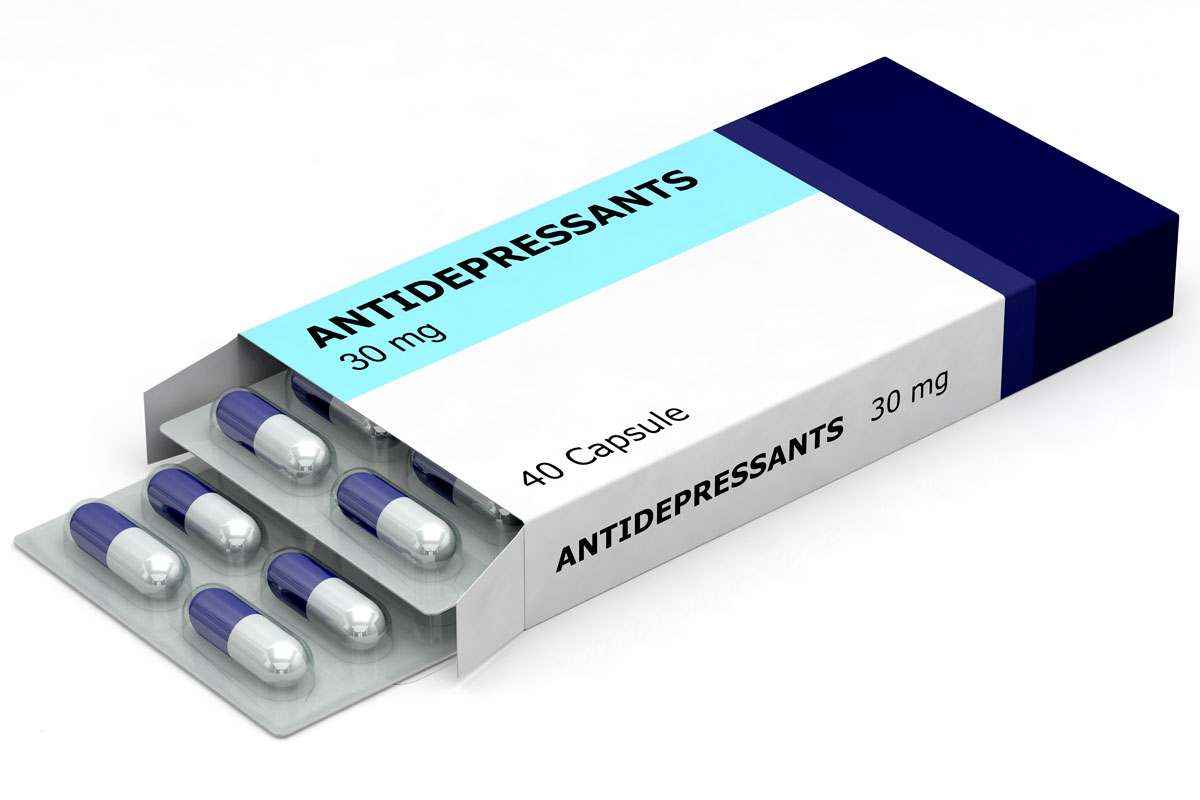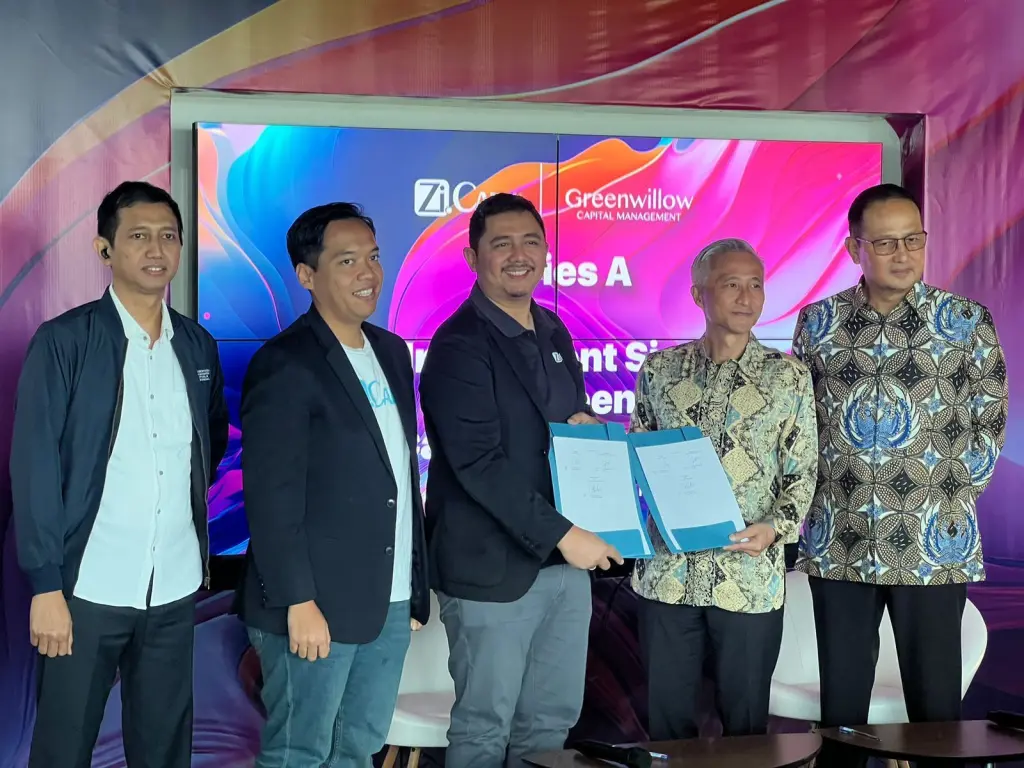 Organisation and Management is the first topic among six (6) topics which make up the standards under SERVICE STANDARD 7 for Health Information Management System (HIMS) based on the 4th Edition of the Malaysian Society for Quality in Health (MSQH) Hospital Accreditation Standards effective January 2013, used by the MSQH, which is the sole Malaysian accreditation body with nationally established standards for health care facilities and services since 1997, dedicated to improving the quality of Malaysia’s health care through voluntary accreditation. You can read about the 6 topics from the post MSQH – Introductory Post (this link will open in a new tab of your current window) as well view the hierarchy of these topics (the green boxes) from the graphic below (click on the graphic to view a larger image which will open in a new tab of your current window).
Organisation and Management is the first topic among six (6) topics which make up the standards under SERVICE STANDARD 7 for Health Information Management System (HIMS) based on the 4th Edition of the Malaysian Society for Quality in Health (MSQH) Hospital Accreditation Standards effective January 2013, used by the MSQH, which is the sole Malaysian accreditation body with nationally established standards for health care facilities and services since 1997, dedicated to improving the quality of Malaysia’s health care through voluntary accreditation. You can read about the 6 topics from the post MSQH – Introductory Post (this link will open in a new tab of your current window) as well view the hierarchy of these topics (the green boxes) from the graphic below (click on the graphic to view a larger image which will open in a new tab of your current window).
Standard 7.1.1 is the first standard for Service Standard 7 and the only standard under the topic Organisation and Management (OM) which states that “The Health Information Management System (HIMS) Services shall be organised and administered to facilitate the collation, aggregation and analysis of hospital demographic data through an established system which includes safe keeping and retrieval of medical records and documents related to patient care.
Health Information Management (HIM) / Medical Records (MR) practitioners in Malaysia whose hospitals are engaged in hospital accreditation using the 4th Edition of the Malaysian Society for Quality in Health (MSQH) Hospital Accreditation Standards effective January 2013 for the Service Standard 7 HIMS must truely know that his or her hospital needs to fully satisfy fifteen (15) criteria for compliance to the OM topic for this service standard.
The criteria for compliance to the OM topic for this service standard ranges from the organisation management of the HIM / MR Department through processes planning and continued development, data management of information about major clinical services that meets Malaysian statutory requirements, reporting systems for incident reports, the formation and activities of a Medical Records Committee, and ends with the department’s involvement in quality improvement activities.
You can view the whole range of criteria listed from https://docs.google.com/file/d/0B1XnOSMJXDaqR184d1BsbHQxQWs/edit (this link will open in a new tab of your current window) from the Download List Sub-Menu under the Resources Menu.
Now I like to draw your attention to the variation or differentiation between nearly identical entities and other non-identical entities found under MSQH Service Standard 7, Standard 7.1.1 and those found under the Joint Commission International (JCI) hospital accreditation standards,
HIM / MR practitioners will find a similarity between JCI hospital accreditation found in Standard MCI.9 (which I have not blogged on as yet) with the MSQH Service Standard 7, Standard 7.1.1 under Criterias 7.1.1.1 to 7.1.1.10 when both of them try to cover aspects of the HIM / MR department’s mission, services provided, resources, access to affordable technology,and support for effective communication among caregivers
HIM / MR practitioners will find another similarity between JCI hospital accreditation found in Standard MCI.19.4 with the MSQH Service Standard 7, Standard 7.1.1 under Criteria 7.1.1.13 which requires regular Medical Records Review (MRR) sessions. However the MSQH Service Standard 7, Standard 7.1.1 under Criteria 7.1.1.13 does not elaborate the review process nor is there any MMR tool to use unlike that found under JCI.
Unlike hospital accreditation for JCI accreditation status, a specific Root Cause Analysis (RCA) activity is required of HIM / MR practitioners under the MSQH Service Standard 7, Standard 7.1.1 under Criteria 7.1.1.12 . I hope HIM / MR practitioners will not be wrongly allocated the task of conducting RCA for all incidents that occur in the hospital but rather they will only be confined to RCA for all incidents that occur for HMIS services only. as I understand from Criteria 7.1.1.11, MSQH Service Standard 7, Standard 7.1.1 which stipulates that “The Head of the HIMS Services shall ensure that the staff of HIMS Services complete incident reports which are discussed by the services with learning objectives and forwarded to the Person In Charge (PIC) of the Facility.”
There is no direct reference to “The Medical Records Committee” to be found in JCI. However, HIM / MR practitioners in Malaysia need to be aware that according to the notes found under Criteria 7.1.1.13, MSQH Service Standard 7, Standard 7.1.1 “The Medical Records Committee is a subcommittee of Medical and Dental Advisory Committee (MDAC) who advises the Governing Body on matters pertaining to HIMS.” and not as reporting directly to the Hospital’s Director or other equivalent top management official.
Quality Assurance (QA) Managers and their departments are normally assigned the duties of facilitating quality improvement (QI) activities for the hospital. I can infer that QA managers have a specialised and trained role in QI, and thus are fully qualified to be the facilitator of such QI activities, Nonetheless, Criteria 7.1.1.15, MSQH Service Standard 7, Standard 7.1.1 has assigned this role with the given and added responsibility to HIM / MR practitioners to be the “facilitator for quality improvement activities of the Facility. Areas of involvement may include:
a) compiling patient care data for clinical review/research;
b) supervising data collection and advising on analysis of data collected by personnel of other services.”
Lastly, I find that MSQH Service Standard 7, Standard 7.1.1 does not have set criteria to cover the clause “safe keeping and retrieval of medical records and documents related to patient care.” while on the contrary Standard MCI.12 of the JCI clearly states that “The organization has a policy on the retention time of records, data, and information.”
References:
- Joint Commission International, 2010, Joint Commission International Accreditation Standards For Hospitals, 4th edn, JCI, USA
- SERVICE STANDARD 7 Health Information Management System 2013, Malaysian Hospital Accreditation Standards, 4th edn, The Malaysian Society for Quality in Health (MSQH), Malaysia































